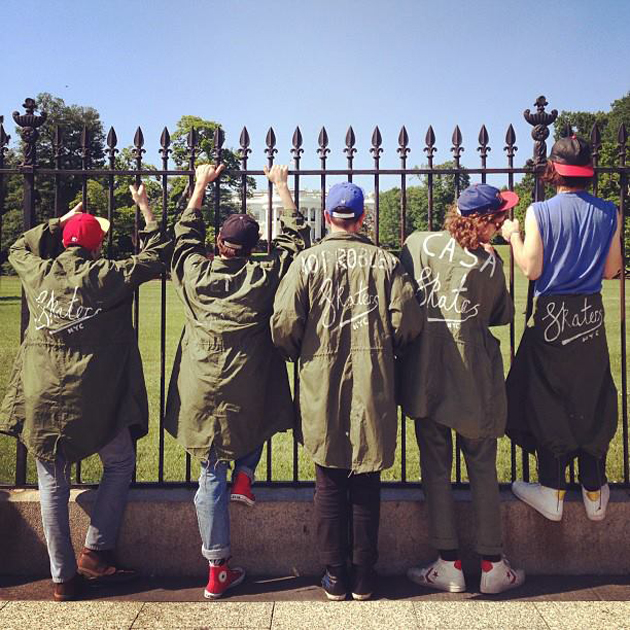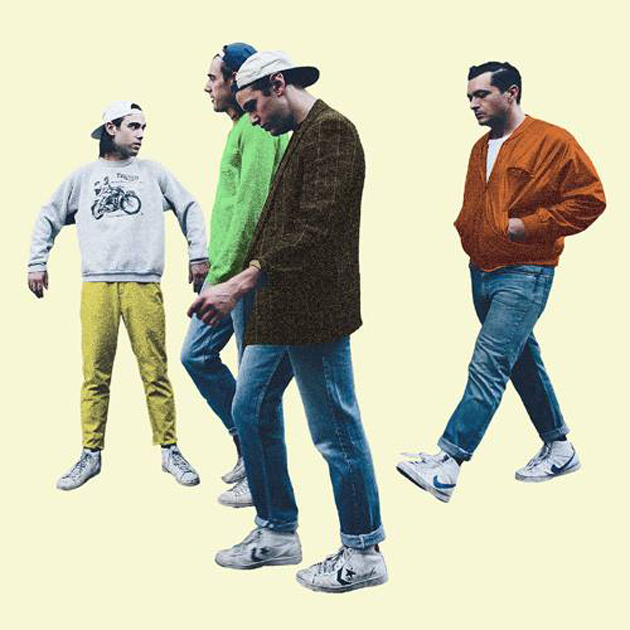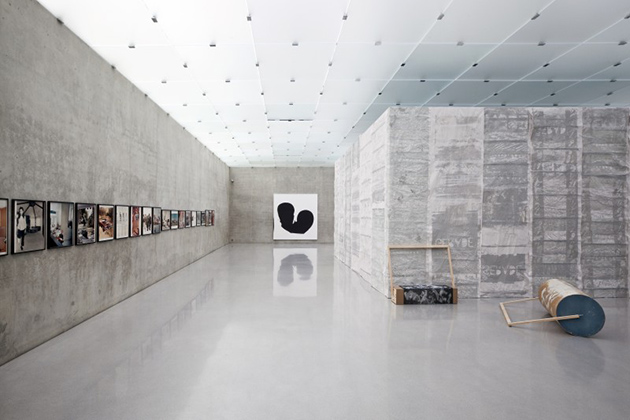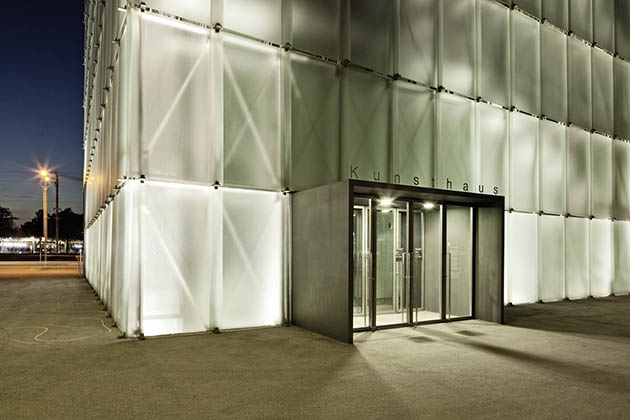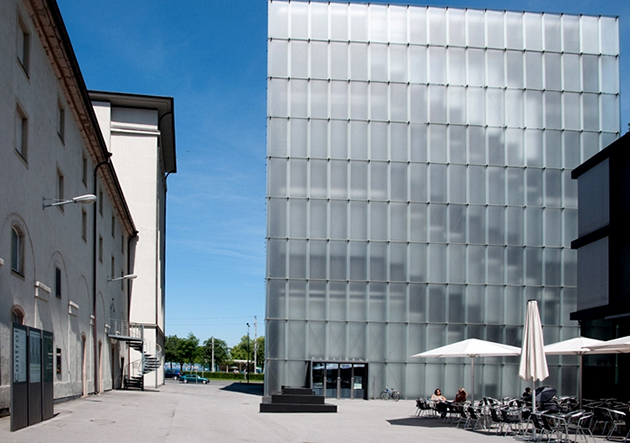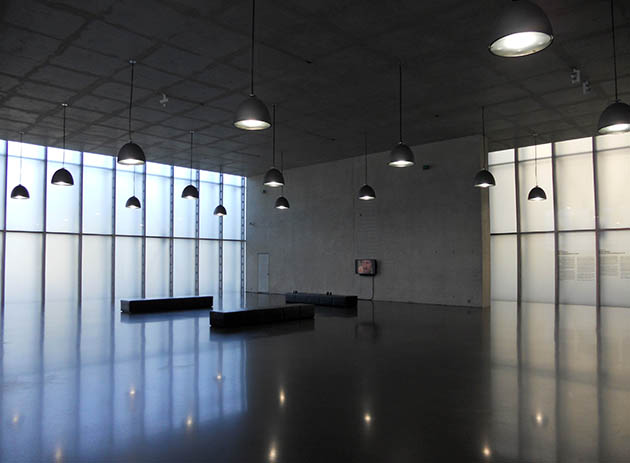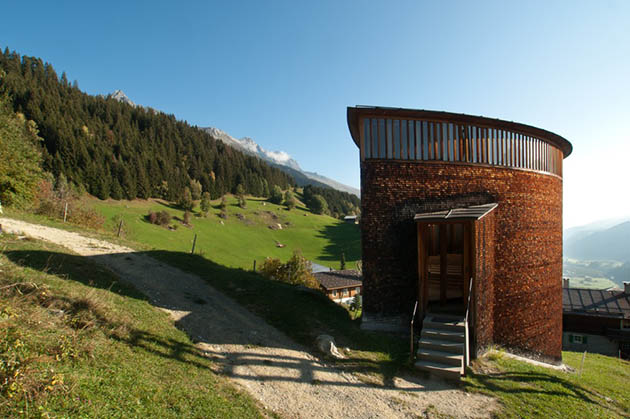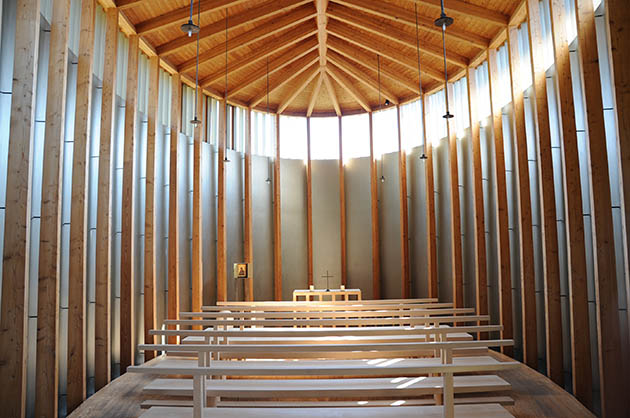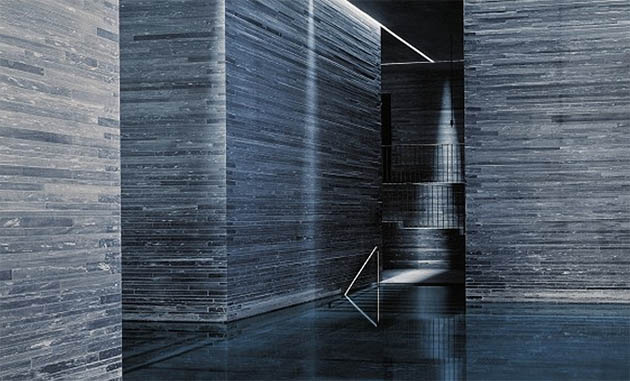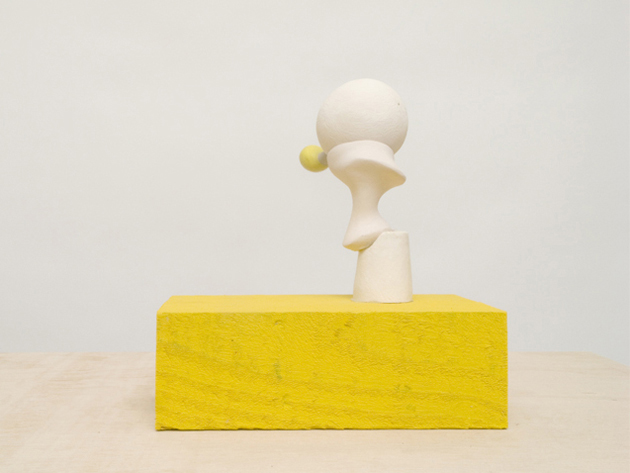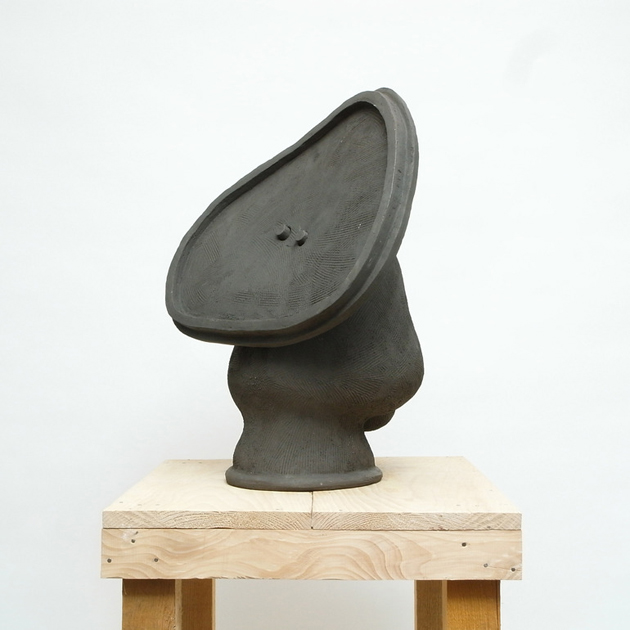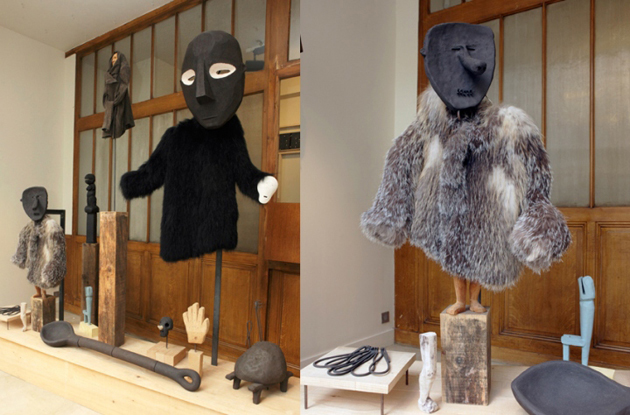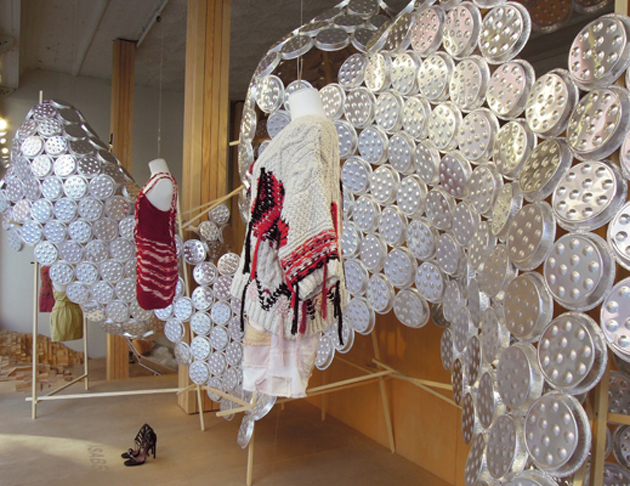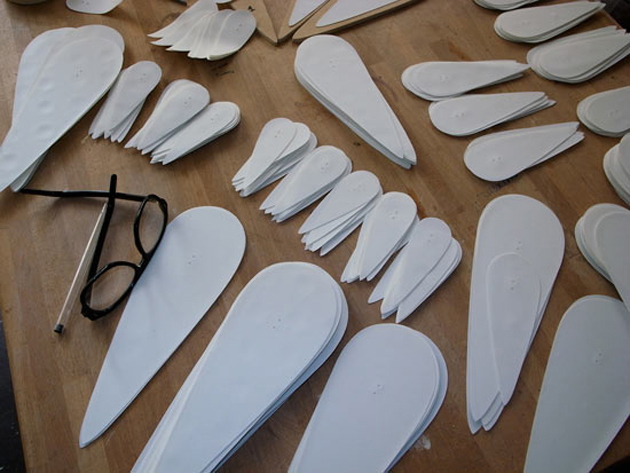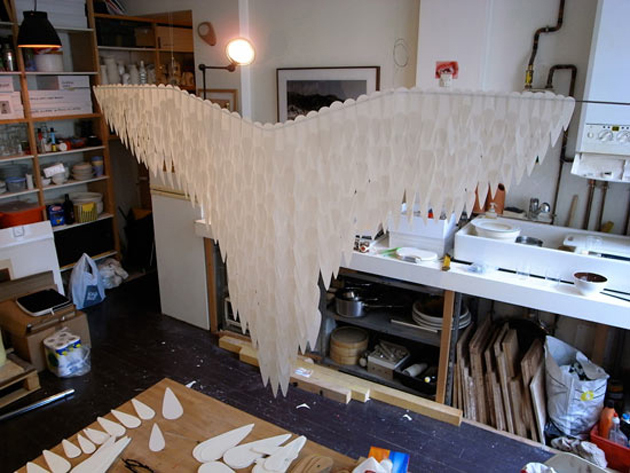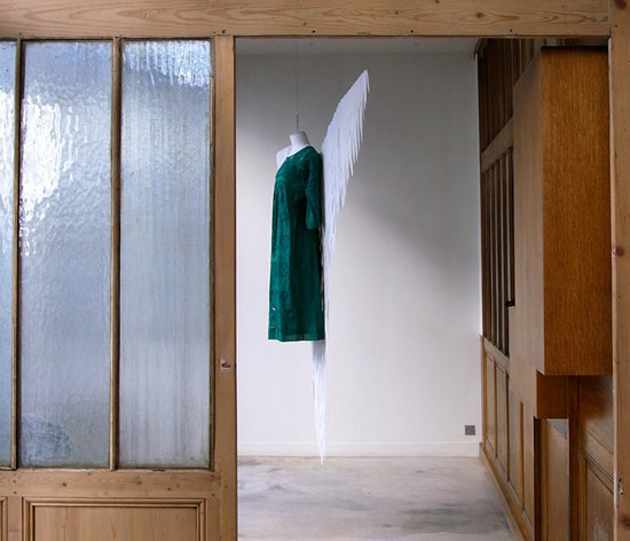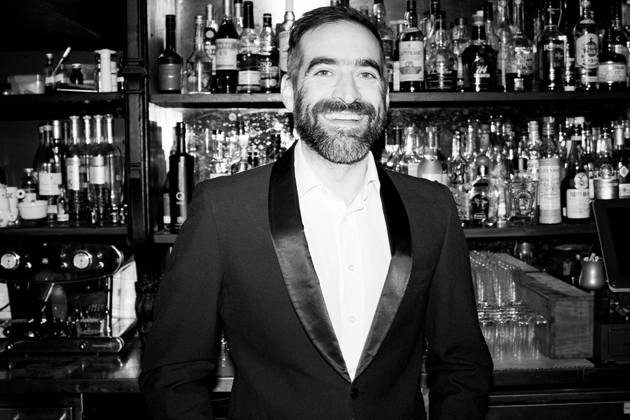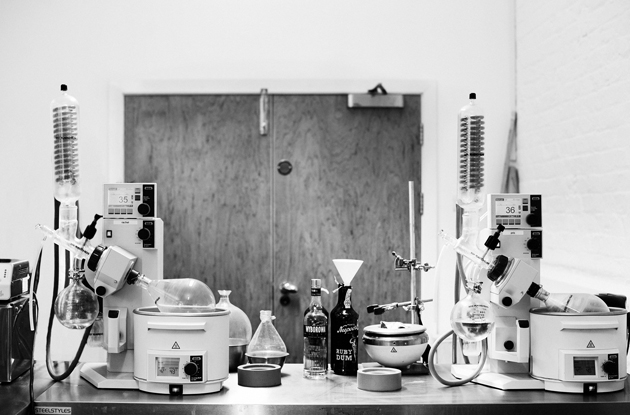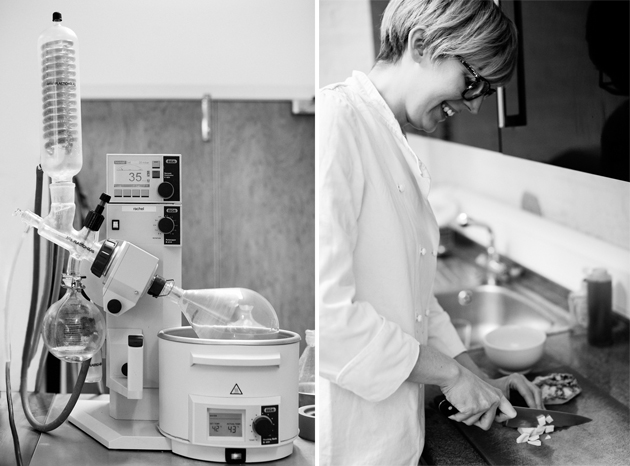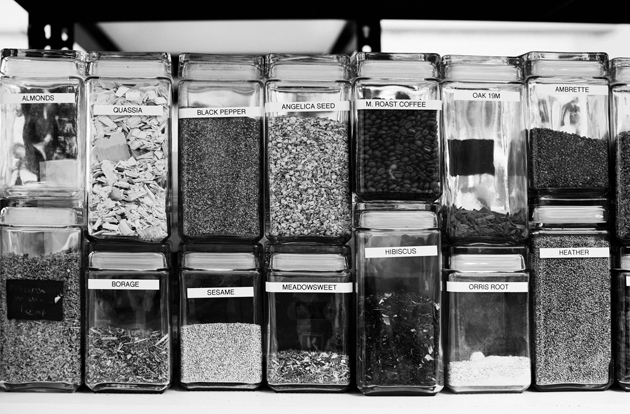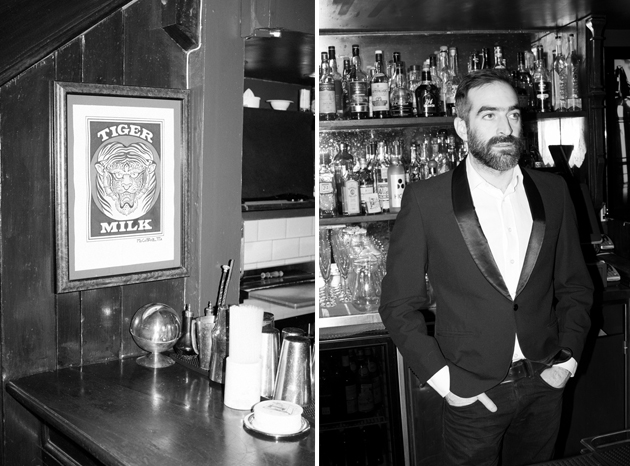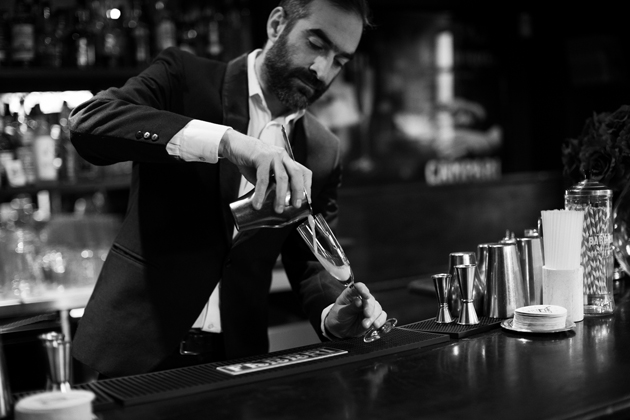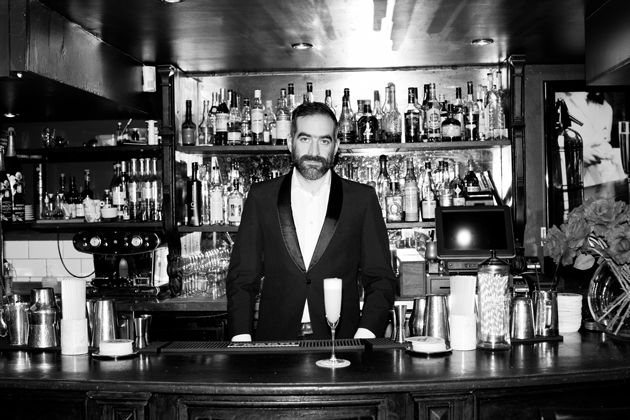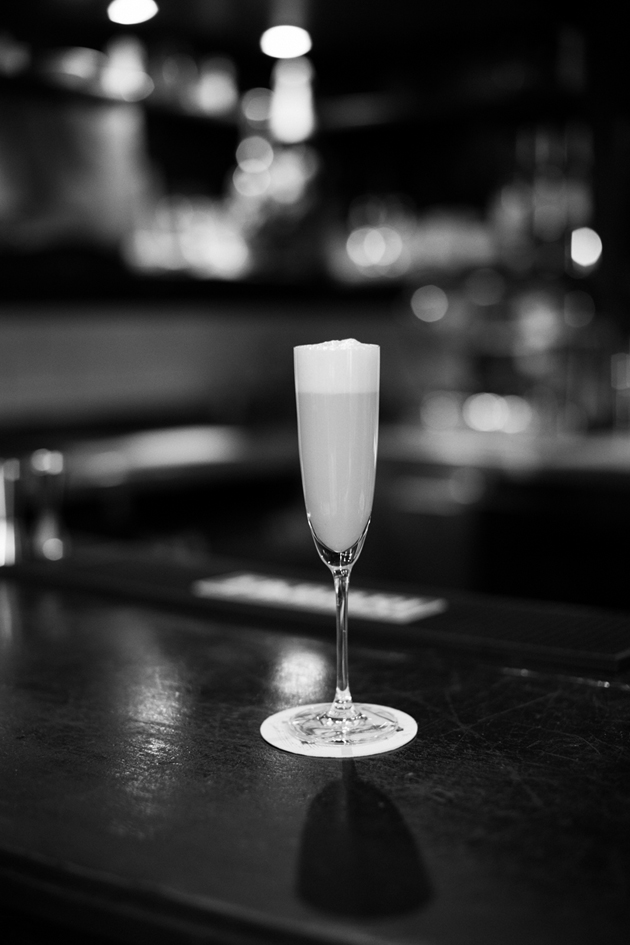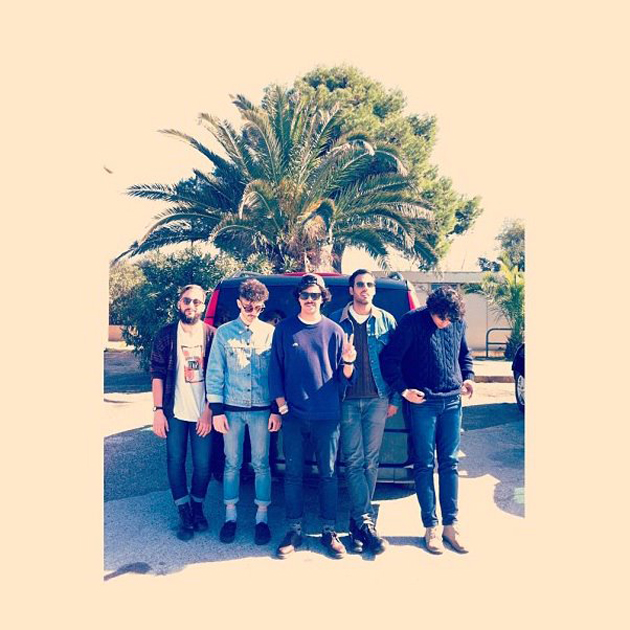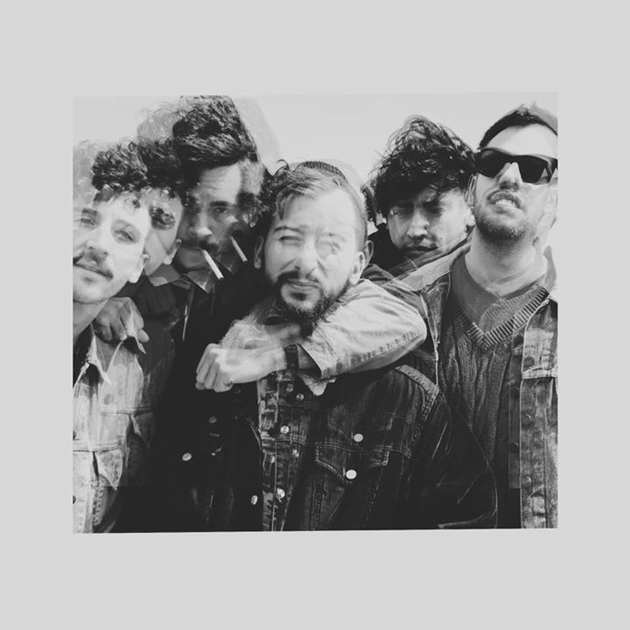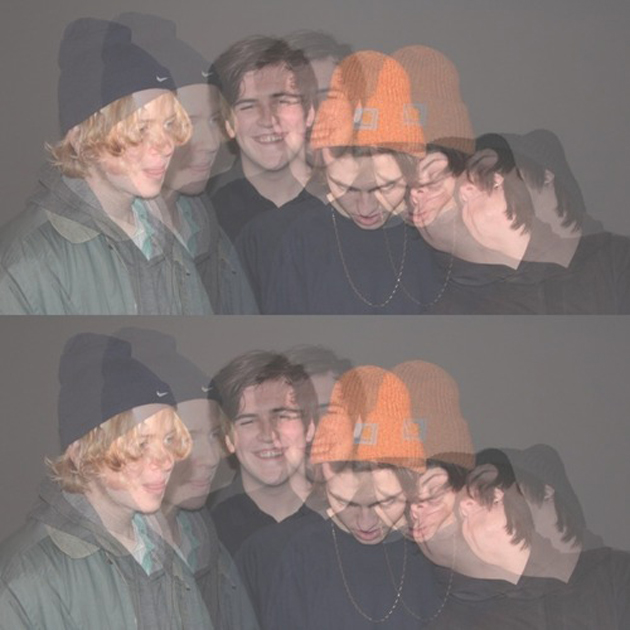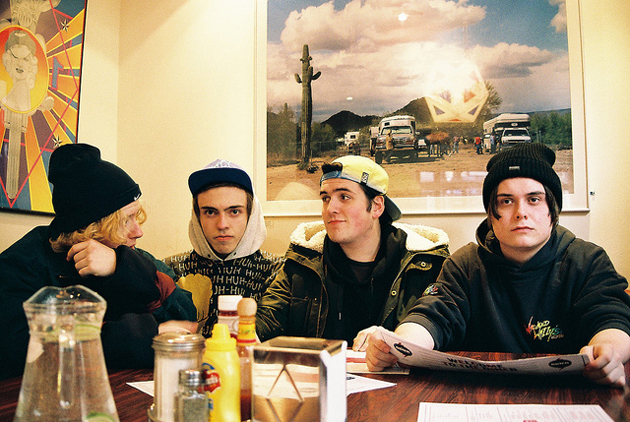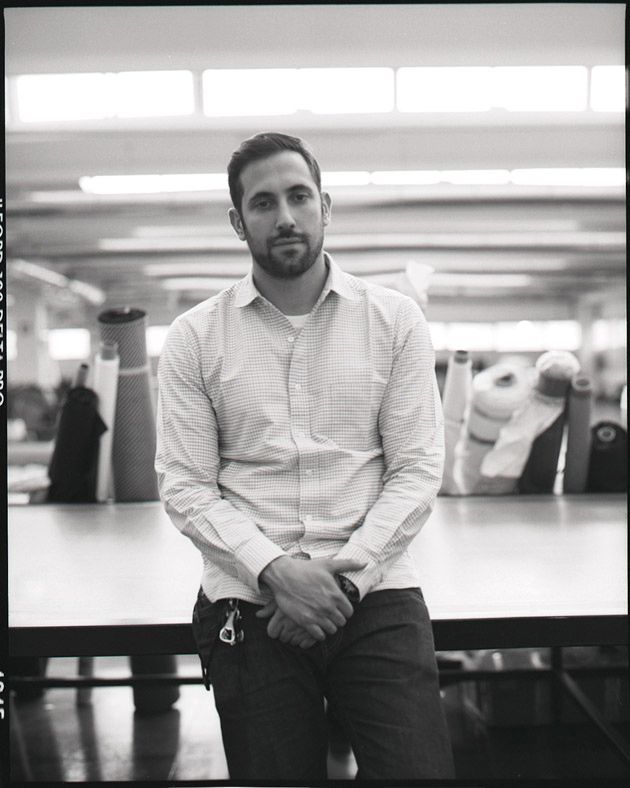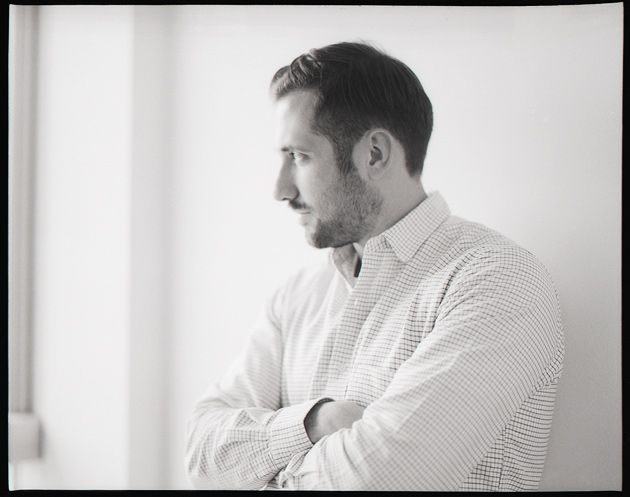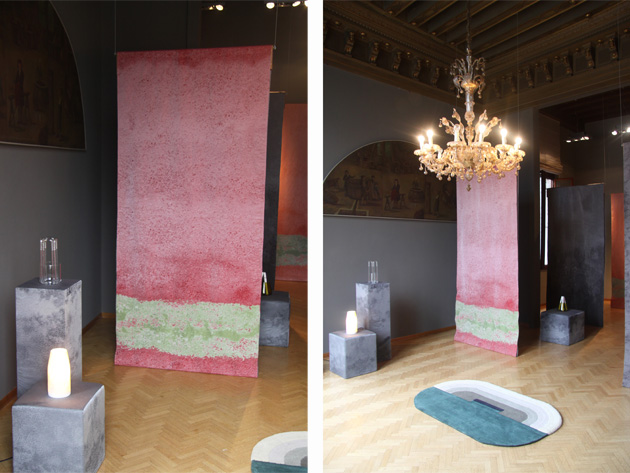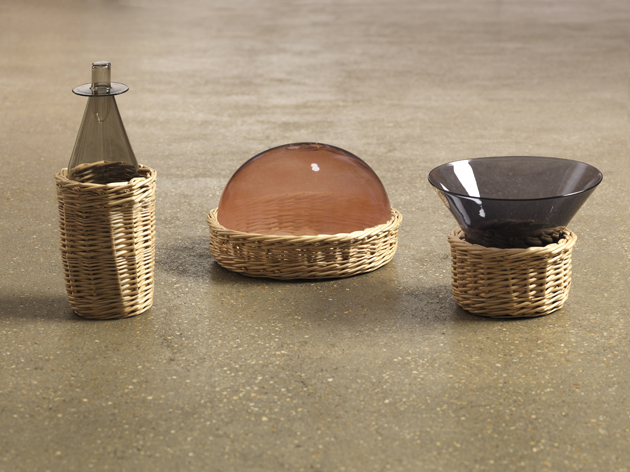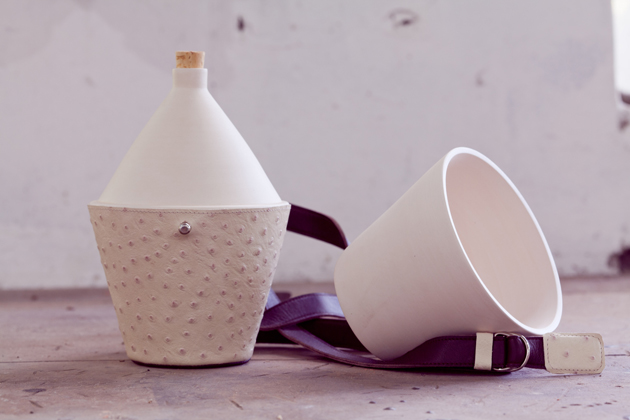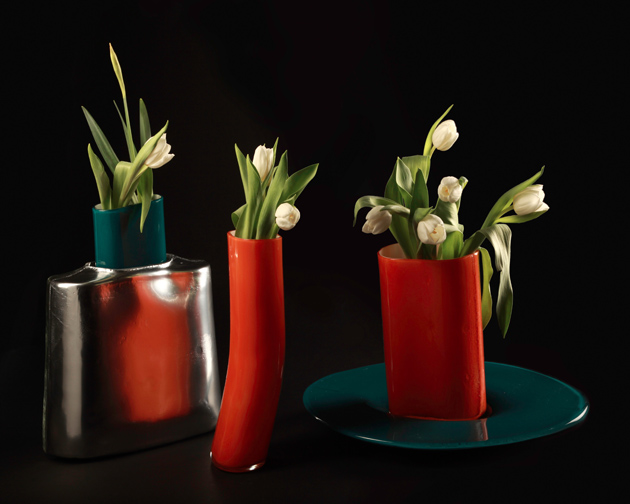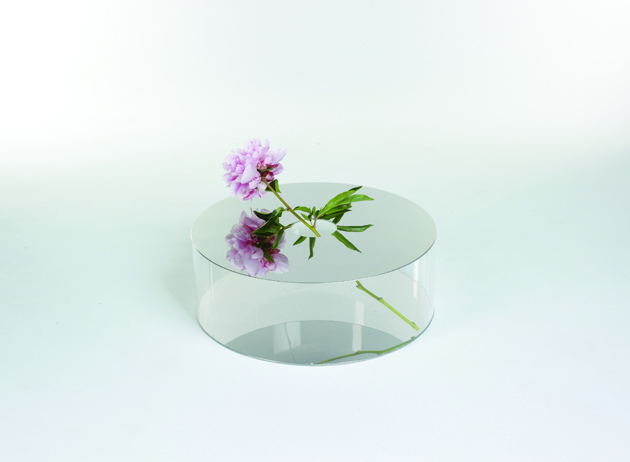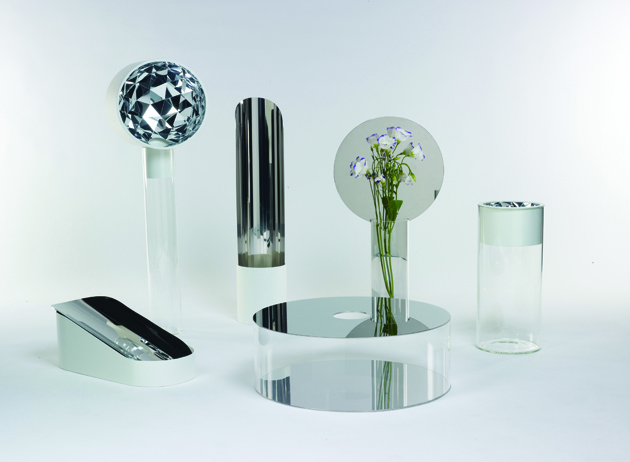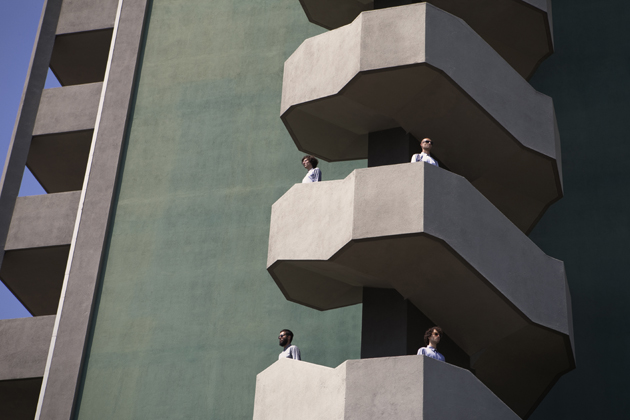It’s 12 o’clock of a cold winter morning when we arrive to the Raffaella Cortese Gallery, to interview Ms. Jana Sterbak (b. 1955, Prague), the Canadian artist, that has just opened an exhibition with the emblematic title Human condition: the limits of our freedom. The atmosphere is warm and relaxed. We feel at ease. The conversation starts.
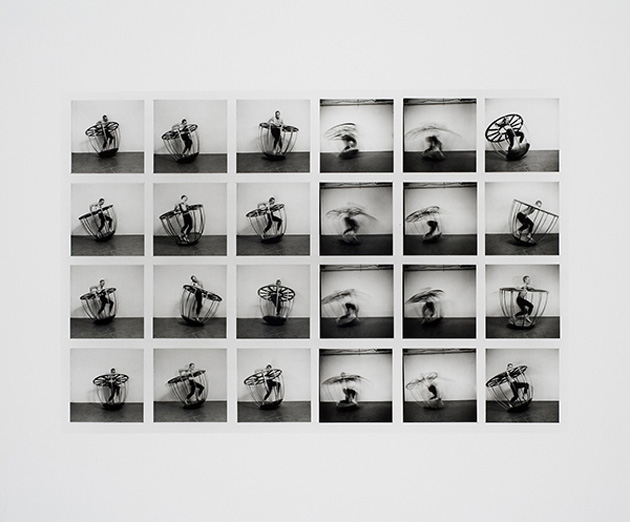
You have constantly analyzed the human condition, in all its emotions. In most of your works we can see people under restraints. Proto-Sisyphus (1990) and Remote control (1989) are just some examples/metaphors of players unable to act freely, so let’s start from the title of this show, which are the limits of our freedom?
Well, I think there are many things in our lives that we don’t choose, but we just have to do them. We have to accept the situation in which we are born, the location and the familiar circumstances, that will somehow affect our lives. But you are not asked if you want them or not. It is something that you have to accept and handle. This is one of the conditions of our freedom that we have to deal with.
How do you react when you feel impotent or caged?
You know, I’ve been lucky. I mean, I feel luckier than many other people, because I have a lot of freedom. The reason why I can reflect on these issues is that I have all this freedom. Many people who have their time occupied by daily work, family and children do not have the freedom to even think about all these things: they just have to go them through. I think the role of artists is to sit and think about what they see and then analyze it.
You often show the perishability of human bodies and their vulnerability. In Catacombs (1992) we see parts of a human body, the same with Golem (1982), a kind of dismembering ritual with a strong and primary aptitude that seems to tend to death. What does the body fragmentation and the process of degeneration mean to you?
I think that it’s the same thing for everyone. It means that we are not going to be here forever and that we have to do our best to take care of ourselves and stay around longer, to learn what life is about, because if you die too young you will not have the opportunity of discovering a lot of things. It is also about the fact that we all have to die and the soonest we can make it real, the better is for us as human beings.
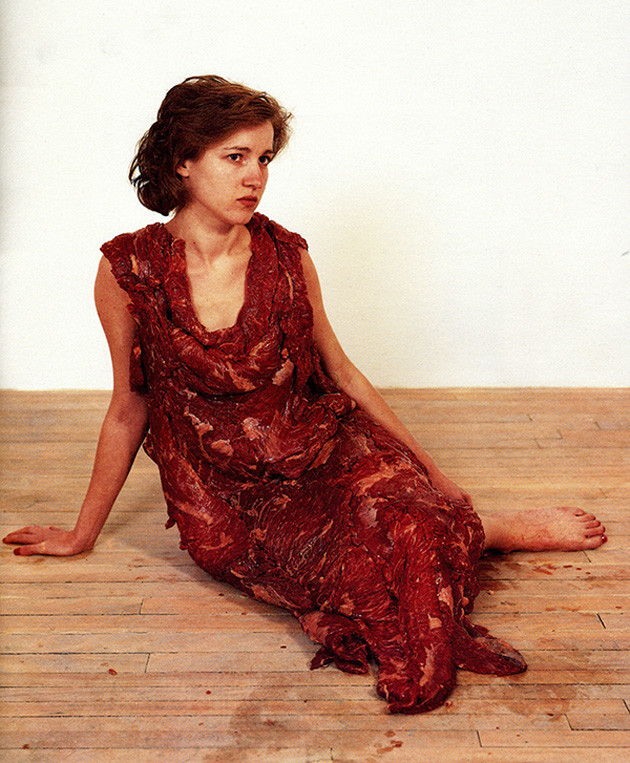
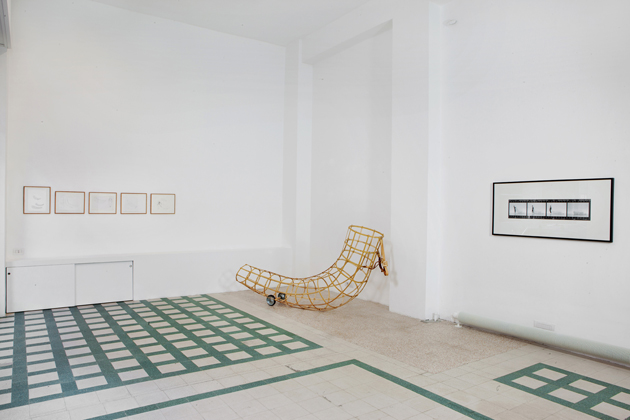
But why do you choose such a strong way to express it?
Because I consider it a direct and clear way. It is a strong issue, you know, it is an important reality a lot of people want to ignore, but we all have to die, one day or another. It’s useful to be prepared.
What do you think about the current, somehow desperate, fighting against the process of time?
Well, I think it’s just a matter of extension of certain things, but it’s not a solution. It’s just like building a sand castle next to the sea… the sea will sweep it away, so it is the same situation. It isn’t a cure.
Today women are described as fragile, scared, abused, underestimate, but also as independent, aggressive and courageous. To which kind of woman do you feel closer?
This is hard to say, I can only be myself. I don’t have children and as you see my life is fairly free. It is difficult for me to give you an answer. However, there are certain biological phenomena that make women age quicker and be more vulnerable because of their reproductive system. These are biological facts, but we also have a cultural history in which we are placed. I think that nature is still unfair to women because until recently, without medicines or contraception, the sexual act was potentially dangerous. Only since the Sixties’, the sexuality has become equal between men and women. But we still have two different kind of sexualities and I think it is a matter of both biology and cultural condition, that affect all women’s lives.
Fighting against patriarchy is a key factor that always rules the work of another artist of this Gallery, Kiki Smith. But while for Louise Bourgeois this approach was focused on men’s destruction, Smith drives her attention to women’s diverse forms of mourning. What’s your position?
I think that we have to accept it, because there is nothing we can do about it. There are always going to be various degrees, but it won’t completely change. I think it is better to be aware and conscious of it. If people have daughters, they should let them know earlier how life is, because it is something that we can’t completely eradicate.
Don’t you believe that women are able to “evolve”, transforming themselves in a kind of Hecate, embodying the maiden well aware of her nature and power, and able to move between objective and unconscious reality?
Oh yes, it’s possible, but again, I think it’s not available for everybody. Certain good conditions, like the ones of birth, physical or beauty maybe, certain intellectual properties and confidence are required. It’s a conjunction of many issues; temperament also… These are those kind of things that you have to be born with. Of course you can create them: your creation is part of it, but what is given at birth is fundamental.
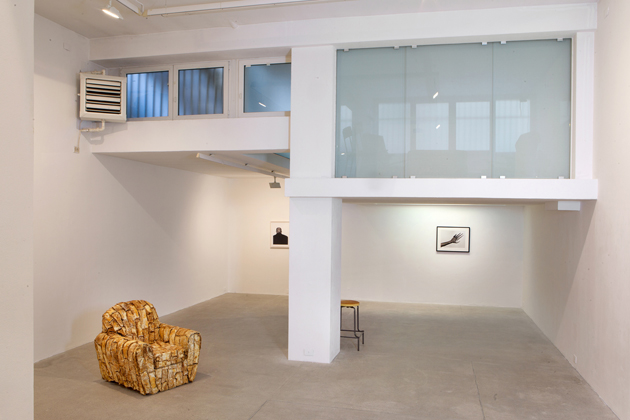
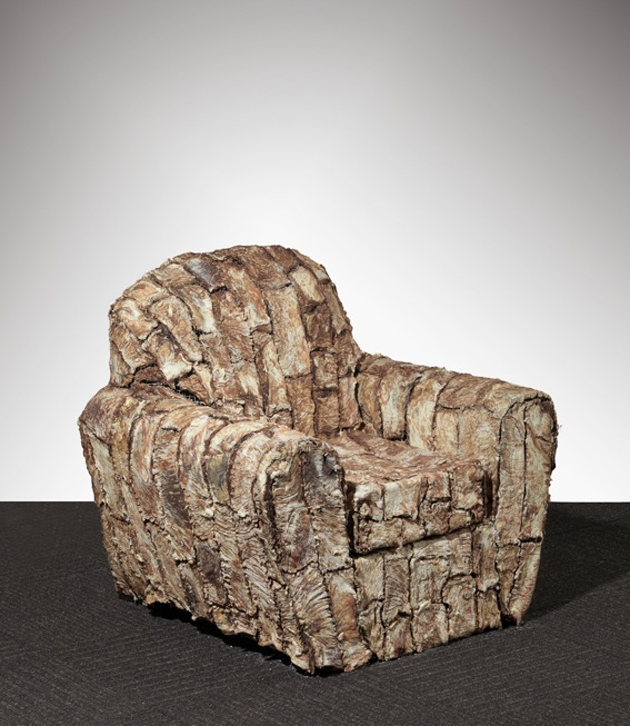
Creating art can be seen as the result of a post-traumatic experience, a kind of exorcism or an emotional release. What does “making art” mean for you? And, how would you describe your process of creation?
Not for me. For me it’s a matter of transforming ideas into forms, because having ideas is always very nice, but it’s not demanding, while transforming ideas into physical realities is something challenging and for me it’s a way of being in the world, of learning and getting new stimulations. So, depending on the different things that I produce, I need help and information. The research is the most interesting part. For me, creating is a learning process. Ideas evolve through the necessity to make them concrete, giving them substance and a shape. This informs me about issues that are not necessarily formal issues.
What do you do when you are not creating?
I read a lot. It makes me relax.
Many young artists seem to take inspiration from a period that you have lived intensely – the 70’s -, but for some or most of them it is just a matter of aesthetic, since the 70’s and its issues are gone. What do you think about it?
It’s hard for me to comment that in general, because I don’t teach. But let’s take the example of this exhibition in Venice, When attitudes become form: the fact that people want to recreate something that existed in those years is already a signal that we are leaving in a society with a lot of nostalgia, a lot of “looking at the past”, and this could be very dangerous itself; but on the other hand, those years were incredibly fruitful, giving rise to a lot of thinking and art making that we have not processed yet. I guess this is the reason why they are constantly coming back. Of course, I think that we have to do new contributions, but not everybody can do them. I think we can get information from the past and apply it to the future. It is very important for all the artists, for all the people who make creations, to know what happened in the past and to be very aware of what’s happening now. In that way we can create things that are going to be useful in the future. I don’t know if people are doing it right now, because I live in my own universe, but I think that being young now is more difficult; there are less opportunities, everything is more expensive, so many things have already been done, so it’s hard for me to judge.
When you created Vanitas: Flesh Dress for an Albino Anorectic (1987), did you expect such a strong effect on the audience?
No, not at all. It was something that interested me and I thought it was a good idea. When I created the flesh dress, I was more worried about the practical things. I think I create with the same strength, perhaps less spectacular, but when the scandal came up in Canada I was very surprised, even if it didn’t touch me so much. The fact that people still talk about it and that it has been copied by Lady Gaga really surprise me, because that piece is the same age as this girl. I think that she would have meant something else. Anyway, I guess I should be happy to see that this work, which is historical by now, is getting a new life.
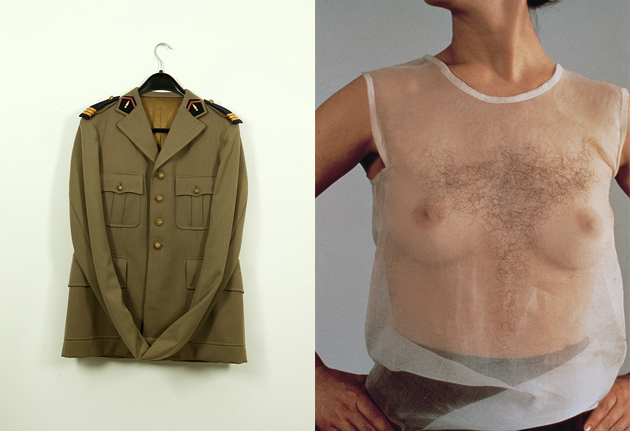
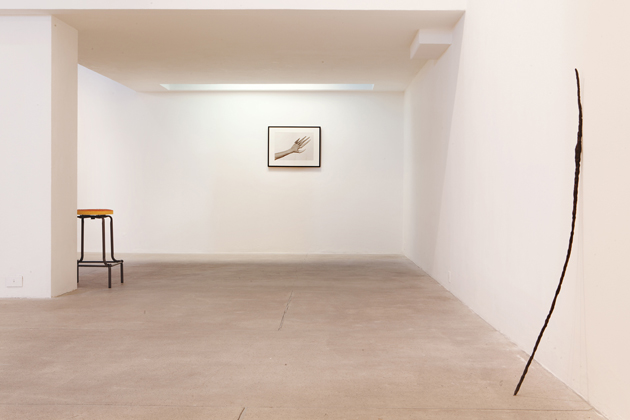
Are there any events that you consider the most important in your life?
Perhaps the facts that I was born in another country and that my parents moved to Canada when I was a teenager. Arriving in a different place at a very young age made me realize the relativity of values, customs, you know, being in a country where everything was different made me reflect on what was important and what I really liked.
Do you feel Canadian now?
I couldn’t live in the Czech Republic anymore, but I don’t feel Canadian. The European values that I inherited are not 100% compatible with the Canadian ones, but living there is easy, I feel fortunate of having landed in Canada, because it is a very supportive place for artists. The society is accepting people’s differences and it is simple to be free.
My last question, a personal curiosity. You are an intimate artist, have you ever kept a diary to write and draw your thoughts?
Not really, I keep a kind of recorder of ideas, when I do not have time to execute. There are periods in which I have a lot of ideas, so I just make notations and sketches and I go back to them later, when I have more time to develop them. But it’s not really a diary about what I do. I used to keep a diary with all the films that I’ve seen and all the books that I’ve read, but I stopped doing it. I don’t now why…
Time goes by very fast and, even if we could have talked to Jana for hours, we don’t want to take advantage of her kindness. Just the time for a guided visit of the show talking about the positive and negative aspects of the cyclicality of life, the symbols of power, the contemporary tendency to uniformity and commercialization and the issues related to gender. Thank you and good bye, Jana.
The exhibition will run until February 8th 2014, if you are around don’t miss it!
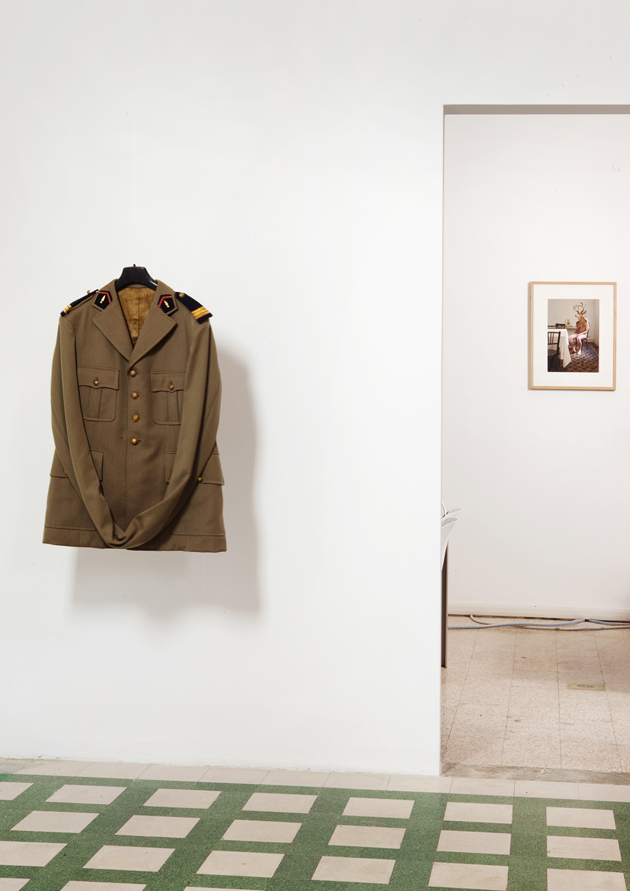
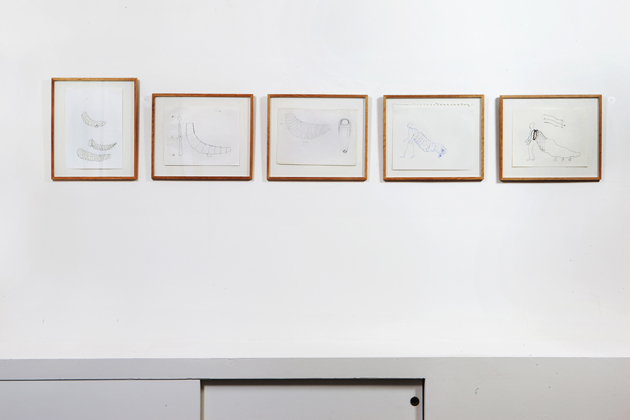
Monica Lombardi – Image courtesy of Raffaella Cortese Gallery

